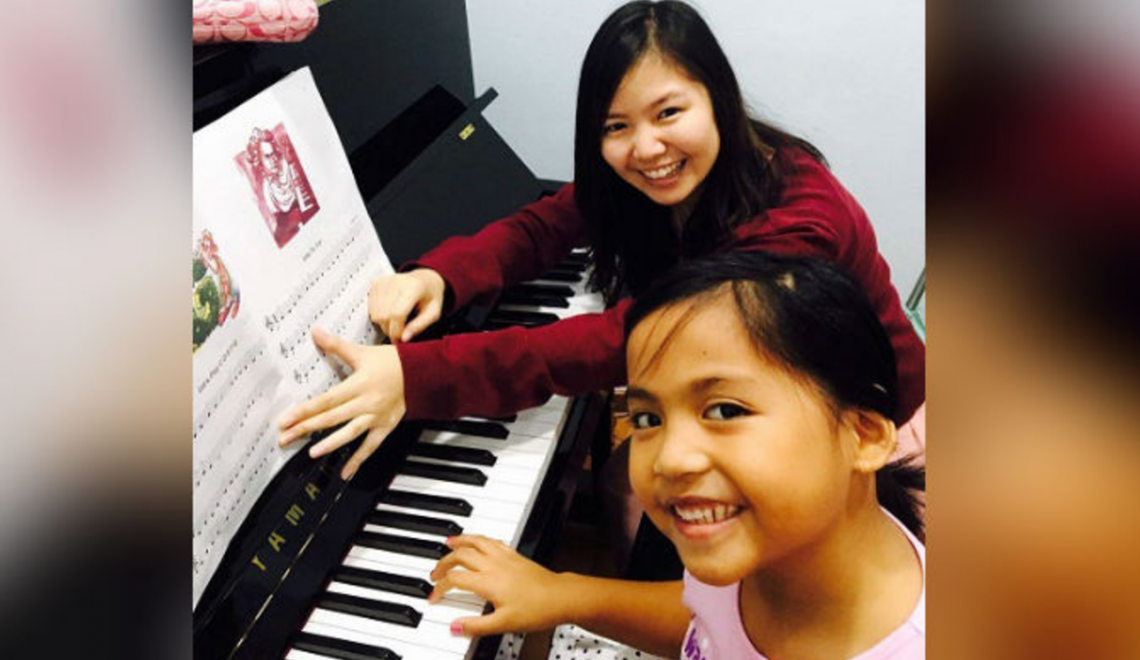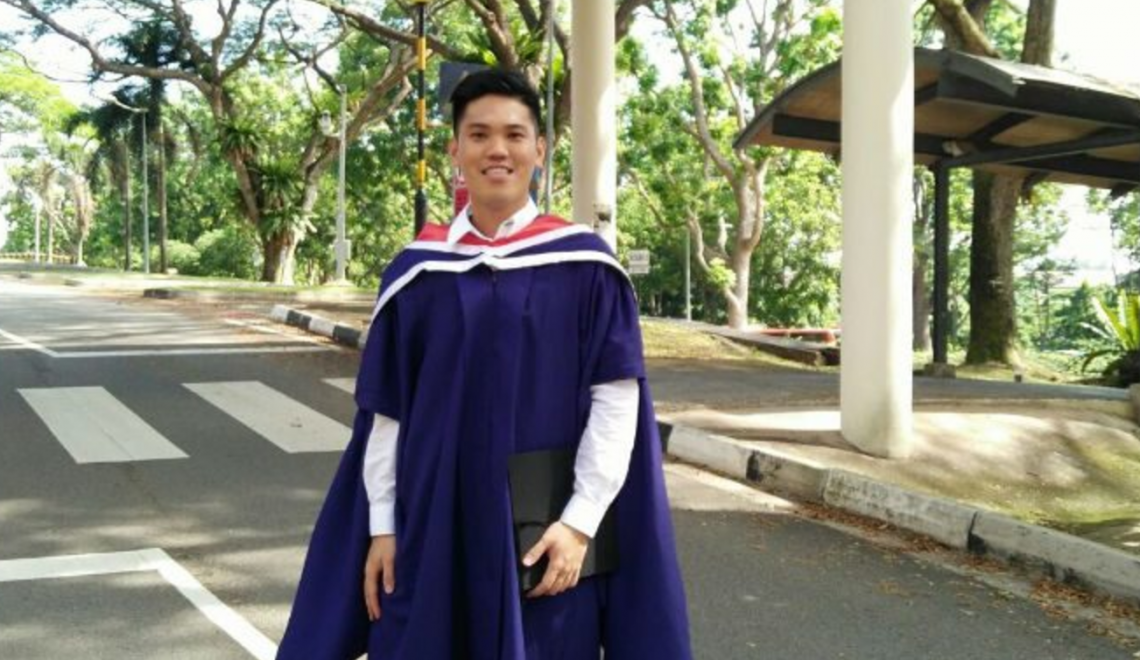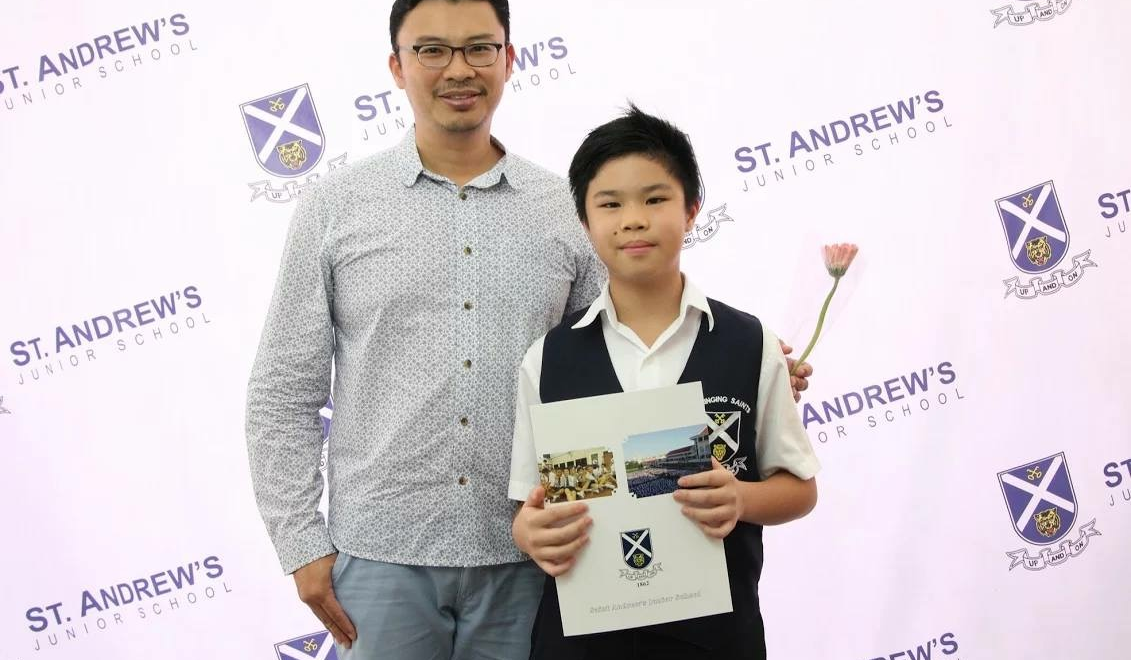
Making a decision to start your child on his or her musical journey can be a momentous occasion on its own. With the plethora of choice and classes out there, it is easy to be overwhelmed and not know where to begin. Here is some sound advice from Ms Gresilda Tan of Silversnow Music School on the whys and hows of getting a music education that will get your child off to a good start.
Step 1: Deciding whether your child should take music lessons?
Not sure why and how early you should expose your child to some music lessons? Here are three compelling reasons why we should start and start early.
Benefit 1: A better academic headstart
According to research, music not only improves your motor, auditory and visual skills, it also develops discipline. Together, these traits work in cohesion to make learning much more effective. This is why we have seen many studies on how students who play classical music do much better academically than their peers in school.
Benefit 2: Provides maximum benefits to the brain
Of course, many have also wondered if this could have been because students who were naturally smarter tended to play classical music more. Neuroscientists, however, have proven that learning music as compared to any other arts activities like painting, provides maximum benefits to the brain as it is the ONLY activity that engages almost every area of the brain. These benefits are further enhanced when children start young as their brains are still developing.
Benefit 3: Brain Stimulation
It is also interesting to note that playing music exercises the brain like a full body work out does. We all know the benefits of exercising our bodies, but we must also understand that the brain equally needs it as well!
Step 2: What instrument should your child start with?
This is a huge conundrum for most parents. Which instrument should my child pick? Will he lose interest in it or manage it?
Tip: Choose an instrument that is easy to pick up
Currently piano seems to be the favourite amongst parents and kids as it is easy enough even for a 4 yea4-year-oldick up.
As compared to other instruments like the violin or guitar, each note is always played at the same spot whereas in violin or guitar, the same note can be played on different strings, which may be confusing to children.
It also helps when a child does not need to worry about intonation in piano as compared to violin where it can take years to build up. Or if we compare the flute for instance, children at 4 years old can only start with a piccolo (higher pitched) as a flute may be too big to hold. Unlike the piano where a note can be easily attained by just pressing on a piano key, a flute beginner would have to spend the same amount of time trying to make a sound on the flute.
In terms of understanding music concepts for children, it is also easier to learn through the piano as the keys start from low to high (left to right). This is why most parents usually send their children for piano lessons at Silversnow Music School.
Step 3: How to choose a musical instrument for practice?
Tip 1: Wait before investing in an expensive instrument
We generally recommend students to buy instruments for beginners and not immediately invest in an expensive and better instrument right at the start. This is because most students who are just trying out a new instrument would not know if they would want to learn it long term or switch to another instrument along the way.
Tip 2: Source for suitable alternatives
For students learning piano, we usually recommend Casio digital pianos (which we offer at a discounted price to our own students) at as low as below $1k as it is much cheaper than an acoustic piano which may cost more than $4k.
As for other instruments like the violin, we also only recommend and sell well-known brands like Eurostring, a European brand, at affordable prices (a beginner or intermediate violin is only $100-200).
Tip 3: Invest when your child is ready & committed
For advanced students or those who are certain that they are ready to invest in a better instrument, they can get acoustic pianos or better quality violins from European brands. Silversnow Music School would typically recommend our instruments to students based on their budget and what type of tone quality they are looking for.
Step 4: How to help your child practise?
Tip 1: Go slow to go far
For learning or practising a difficult piece, most students would just play the entire piece over and over again, often gaining little or no improvement.
It is usually best to practise one bar at a time, and at a slower tempo, and only proceed to the next bar after mastering the preceding bar.
Tip 2: Play your favourite songs
Choosing pieces that students like is also important as interest can be easily lost if the pieces are boring to the students. So it would be good if students let their teachers know their favourite music pieces so they can learn them concurrently with their exam pieces for example if they are preparing for grading exams.
Tip 3: Practice less, frequently
In terms of practice length, do not subscribe to long hours of practice if you know you have a short attention span. Though depending on individuals, it may be better practising 10 minutes a day as compared to 1 hour all at 1 shot once a week. This is because with a shorter practice duration, we are forced to focus and ensure that we make the best out of the practice time. It is also easier to find the motivation to practise 10 minutes as compared to an hour. This allows it to become a habit more effectively as studies have proven that it takes 21 consecutive days for a habit to form.
About the author
Ms Gresilda Tan graduated with a Masters from King’s College London and was awarded the Interdisciplinary Award (Thinking Creativity). Under the LASALLE scholarship, she has also done extensive research in her First Class Honours undergraduate thesis on how to improve the quality of music education in music schools. She has a Diploma of Music and 4 other Grade 8 certifications. She is also a MOE certified music teacher and AMIS instructor.





